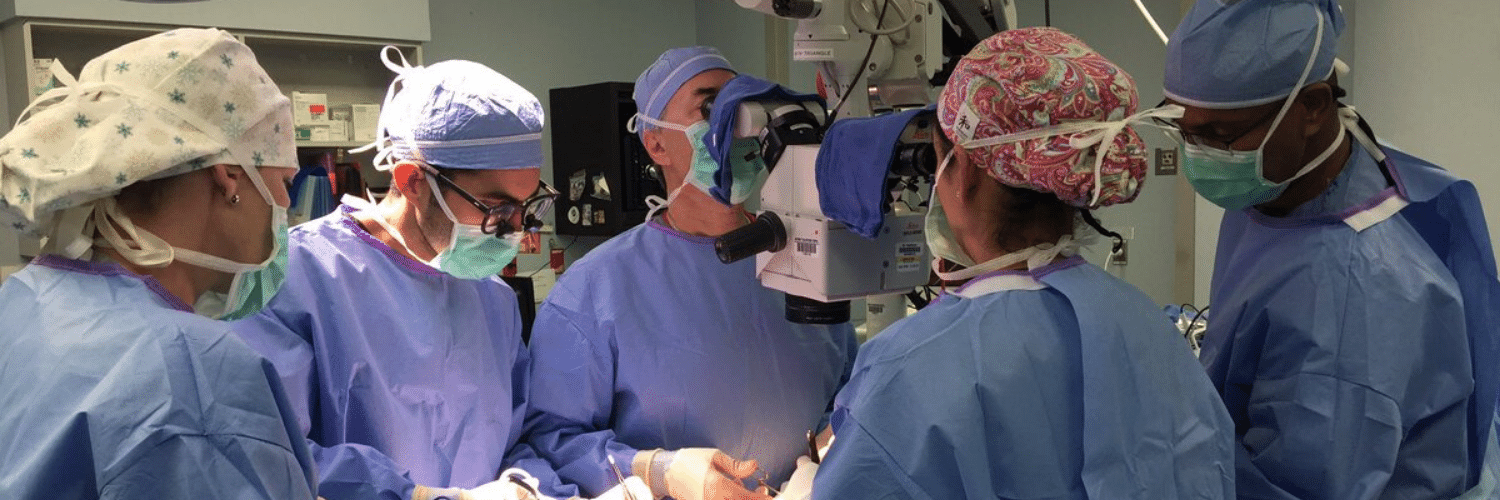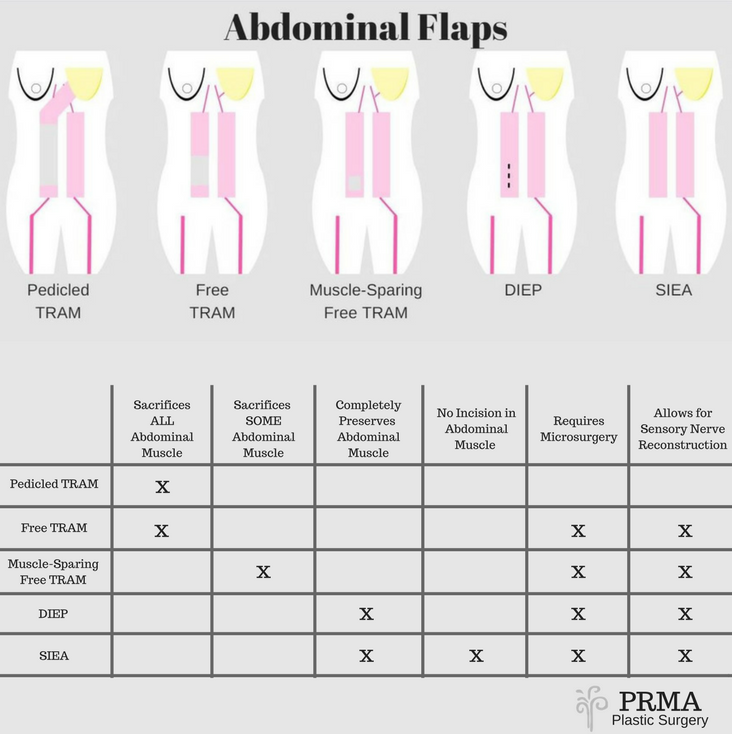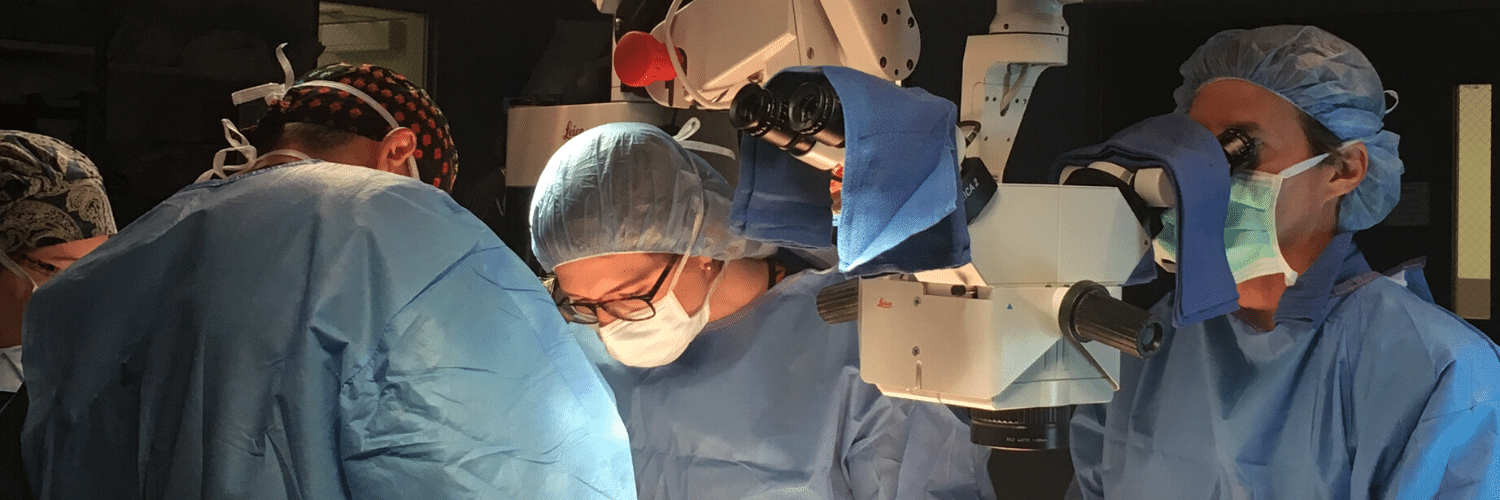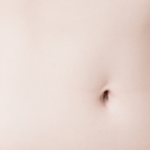
- 11 Comments
- PRMA Plastic Surgery
What’s the difference between the TRAM and DIEP flap?
Up until a few years ago, the TRAM flap was the gold standard in breast reconstruction after mastectomy. The TRAM has now been surpassed by the DIEP flap for that honor. For patient’s researching their reconstructive options after mastectomy, it is important to understand the concept of TRAM surgery and how it has evolved into today’s cutting edge DIEP procedure.
There are three main forms of the TRAM flap operation commonly performed by plastic surgeons:
1) The Pedicled TRAM flap: this was the first operation to describe use of one of the rectus abdominus muscles (sit-up muscle) for breast reconstruction. The surgery begins with an incision from hip to hip. Then, the lower abdominal tissue below the belly button (skin, fat and one of the abdominal muscles) is tunneled under the upper abdominal skin to the chest to create a new breast.
Recovery from the surgery can be difficult and painful. Long-term, the patient has to adapt to the loss of some abdominal strength (up to 20 %). As with any surgical procedure there is the possibility of complications. These include delayed healing, fat necrosis (part of the tissue turns hard due to poor blood supply), abdominal complications such as bulging and/or hernia, and loss of the reconstruction altogether (rare).
2) The Free TRAM flap: this procedure uses the same abdominal tissue as the pedicled TRAM except that the tissue (“flap”) is disconnected from the patient’s body, transplanted to the chest, and reconnected to the body using microsurgery. The main advantage of the free TRAM over the pedicled TRAM is a better blood supply and therefore less risk of healing problems and fat necrosis.
Since the tissue is disconnected and transplanted to the chest, there is also no tunneling under the skin as there is with the pedicled procedure and no subsequent upper abdominal bulge around the rib cage area (which is typically seen with tunneling).
3) The Muscle-Sparing Free TRAM flap: this operation is associated with all the benefits of the free TRAM but has fewer abdominal complications and side-effects (pain, bulging, hernia, strength loss) because the vast majority of the abdominal muscle is spared and left behind. The amount of muscle taken is typically very small (the size of a postage stamp). We will opt for a muscle-sparing free TRAM only in the extremely rare event that the patient’s anatomy does not allow for a DIEP or SIEA flap.
4) The DIEP flap: This is the most advanced form of breast reconstruction surgery available today. Like the muscle-sparing free TRAM, the DIEP uses the patient’s own abdominal skin and fat to reconstruct a natural, soft breast after mastectomy. Unlike the TRAM however, all the abdominal muscle is preserved.
Only abdominal skin and fat are removed similar to a “tummy tuck”. Patients therefore experience less pain after surgery, enjoy a faster recovery and maintain their abdominal strength long-term. Since the abdominal muscles are saved, the risk of complications like abdominal bulging and hernia are also significantly lower.
Author: Dr. Minas Chrysopoulo

Up until a few years ago, the TRAM flap was the gold standard in breast reconstruction after mastectomy. The TRAM has now been surpassed by the DIEP flap for that honor. For patient’s researching their reconstructive options after mastectomy, it is important to understand the concept of TRAM surgery and how it has evolved into today’s cutting edge DIEP procedure.
Leave Comment
No Comments
Sign Up for Our Monthly Newsletter
Continue Reading

TRAM Flap vs DIEP Flap: What’s the Difference?

Are You A DIEP Flap Candidate?
Are You A DIEP Flap Candidate? July 08, 2020 Share on Facebook Twitter Linkedin Am I a DIEP flap breast reconstruction candidate? The DIEP flap procedure has rapidly become the “gold standard” in breast reconstruction. While not every woman is a DIEP flap candidate, many are turned away when in fact they needn’t be. Typical […]

“Too Thin” For A DIEP Flap?
“Too Thin” For A DIEP Flap? You May Still Be A Candidate! July 08, 2020 Share on Facebook Twitter Linkedin Can you be too thin for DIEP flap breast reconstruction? I’ve spoken to several ladies recently who have had the same misconception about DIEP flap surgery. They were scared they were “too skinny”, especially if […]

How Much Does Breast Reconstruction Cost?
How Much Does Breast Reconstruction Cost? July 08, 2020 Share on Facebook Twitter Linkedin How much does breast reconstruction cost? The two most common questions among breast cancer patients considering breast reconstruction are “how much does breast reconstruction cost?” and “will my insurance cover it?” The good news is that even though breast reconstruction is […]

Tammy’s Breast Reconstruction Journey. Part 2 – Finding My Surgeon
Tammy’s Breast Reconstruction Journey. Part 2 – Finding My Surgeon July 08, 2020 Share on Facebook Twitter Linkedin How did you find a breast reconstruction surgeon? After deciding to pursue immediate breast reconstruction I went online and requested information from the PRMA website on a Saturday. By Monday morning Mistie (the nurse) called me back to […]

Breast Reconstruction: Reconstructive Options After Mastectomy
Breast Reconstruction: Reconstructive Options After Mastectomy July 08, 2020 Share on Facebook Twitter Linkedin What are the breast reconstruction options after a mastectomy? Every woman has a right to breast reconstruction surgery after breast cancer. This has been a federal mandate for some time and insurance companies have to pay for breast reconstruction surgery by […]

Breast Reconstruction After Mastectomy & Lumpectomy – What Are Your Options?
Breast Reconstruction After Mastectomy & Lumpectomy – What Are Your Options? July 08, 2020 Share on Facebook Twitter Linkedin What are your breast reconstruction options after a lumpectomy or mastectomy? Breast reconstruction makes women physically whole again after breast cancer. It restores something that nature provided but cancer has taken away. In the US, it is covered […]

Growing New Breasts from Fat Stem Cells: Fact or Fiction? Is this the Future of Breast Reconstruction
Growing New Breasts from Fat Stem Cells: Fact or Fiction? Is this the Future of Breast Reconstruction July 07, 2020 Share on Facebook Twitter Linkedin Author: Dr. Minas Chrysopoulo Can you grow new breasts from fat stem cells for breast reconstruction after a mastectomy? A new form of breast reconstruction that allows women to grow […]

Tammy’s Breast Reconstruction Journey – Part I: My Breast Cancer Diagnosis
Comparison of Abdominal Recovery After SIEA, DIEP, TRAM Flap Breast Reconstruction July 07, 2020 Share on Facebook Twitter Linkedin Author: Tammy Carrington What’s it like being diagnosed with breast cancer? My name is Tammy and I was diagnosed with Ductal Carcinoma In Situ (DCIS) in June 2009. I underwent bilateral mastectomy and immediate reconstruction with […]

Can Breast Cancer Be Detected Early?
Can Breast Cancer Be Detected Early? July 07, 2020 Share on Facebook Twitter Linkedin Can breast cancer be detected early? Breast Cancer Screening Recommendations from the American Cancer Society Screening refers to tests and exams used to find a disease, such as cancer, in people who do not have any symptoms. The goal of screening […]

"Too Thin" For A DIEP Flap?
Breast Reconstruction Timing: Immediate vs Delayed Reconstruction


Tina
Having surgery end of March, trying to decide the best one for me.
PRMA Plastic Surgery
Hi Tina, I would love to talk to you about your options. Feel free to give me a call at 210.447.7831 or email me at patientadvocate@prmaplasticsurgery.com. If you’d like to complete our virtual consultation to get a better idea of what type of surgery you are a candidate for, please follow this link: https://prma-enhance.com/schedule-your-consultation/. Let me know if you have any questions
Nicole
I am interested in breast reconstruction. I am a breast cancer patient & I would love some more information as well as a consultation if possible.
PRMA Plastic Surgery
Absolutely Nicole! I will email you with some information today!
Cynthia
Would love reconstruction, I have been lopsided for 8 years now. But @ 62, I may be too old….and it may be too expensive.
PRMA Plastic Surgery
Hello Cynthia! There are no age restrictions for breast reconstruction! We encourage you to give our office a call at 210-692-1181 and we can verify your insurance and provide you with a cost estimate as well as schedule your for a consultation with one of our surgeons to discuss all your options! Hope to hear from you soon!
Heidi Hagedorn
I have do reconstruction & my left side is bad from radiation 8 Yrs ago. Which one would be good for me? I don’t want the one that takes my rib out.
Heidi
PRMA Plastic Surgery
Hey Heidi! Typically for patients who have had prior radiation therapy, we recommend autologous flap breast reconstruction like the DIEP flap. We believe the DIEP flap is today’s gold standard for breast reconstruction—especially when radiation is in the mix. There is a common misconception about the rib being taken out during the DIEP. This is actually not the case!
A very small portion of the rib is removed (1-2 centimeters) where it meets the sternum. We do this because we need to get access to the blood vessels that will be providing blood flow to the tissue that is moved over from the abdomen to the chest. Removing this small portion of rib allows good exposure to the blood vessels which are very small and very delicate. There are some surgeons that do this procedure by going between the ribs instead of removing a portion of the rib. The problem with that is that it can potentially injure the blood vessels because of the limited exposure and it makes the connections of the blood vessels much more significant—adding more time to the surgery.
The removal of the rib does not hinder the mechanics of the lungs so a woman would not experience any problems breathing after surgery. There is sometimes some pain that lingers in that area for a few weeks after surgery. Ultimately that pain resolves completely and the woman never really has any long term complications from the removal of that small portion of rib.
Hope this info helps
Vickie Dederian
In 2013 I underwent a bi-lateral mastectomy with reconstruction. TRAM was the only option offered besides implants. I decided to go with implants because the TRAM was just too invasive even though the plastic surgeon used “tummy tuck” as an incentive to do TRAM. The implants warranted is only for ten years. They are uncomfortable and always have been. If I flex my chest muscle even slightly it dents in on the left side. Both breasts are different from the other. Two surgeons each did one side. I’m retired, will be 67 this year and have Medicare with a supplemental. Is The flap something i still can have at this point? Thank you
PRMA Plastic Surgery
Thanks for reaching out Vickie! We are sorry to hear you are experiencing discomfort. This is something we see often. It is not too late for you to remove your implants and undergo flap surgery. We would be more than happy to discuss your options with you and provide you with our recommendations. We welcome you to fill out our virtual consultation form at https://prma-enhance.com/schedule-a-consultation/
Mary
Good explanation